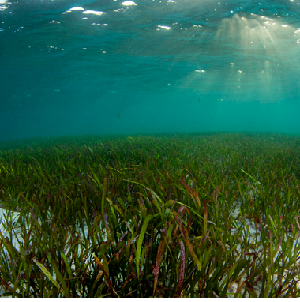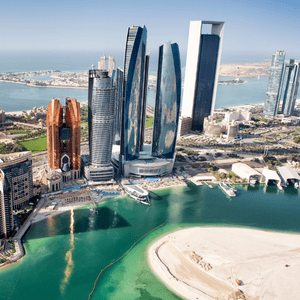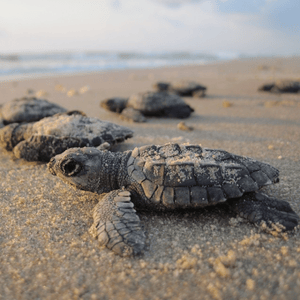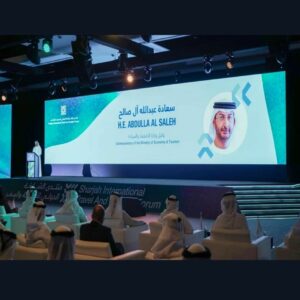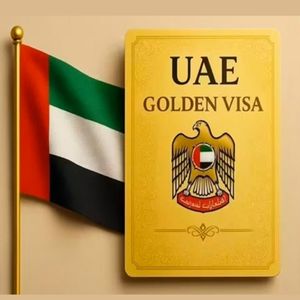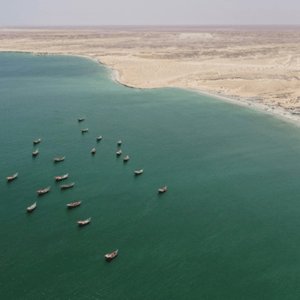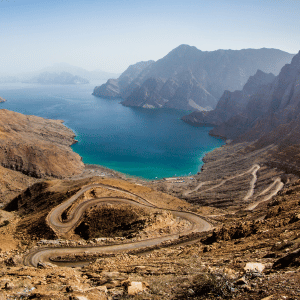« Great Blue Wall » to preserve marine ecosystems
African marine and coastal areas hold a variety of crucial blue ecosystems, from carbon-rich mangrove forests, pristine coral reefs and seagrass beds that are home to a diversity of aquatic creatures such as turtles, sea birds, sharks, fish and marine mammals.
The Western Indian Ocean (WIO), a coastal belt spanning ten countries, is touted as one of the most biologically diverse areas on Earth, and is home to 38 percent of the world’s coral reef species.
Fishing in the region contributes 4.8 percent of the world’s fish catch, representing approximately 4.5 million tonnes of fish every year. Cumulatively marine assets in the Western Indian Ocean are valued at $333 billion providing about $21 billion in revenue each year to various sectors of the African economy, from coastal tourism to fisheries.
But the region has had to grapple with a fair share of challenges, from the effects of climate change that have taken a toll on biodiversity to damaging human activities, among them mangrove deforestation, heavy sand mining, unregulated and illegal fishing and over-exploitation of marine resources. This has led to unprecedented loss of aquatic life which in turn contributes to a loss of jobs, and crippling of the blue economy.
More on :https://www.fairplanet.org/editors-pick/africas-great-blue-wall-seeks-to-preserve-marine-ecosystems/

#tourismer #sustainabletourism #responsibletourism #indianocean
— INDIAN OCEAN TRAVEL by TOURISMER (@TourismerTravel) July 28, 2023
The Western Indian Ocean (WIO), a coastal belt spanning ten countries, is touted as one of the most biologically diverse areas on Earthhttps://t.co/tfZEdpiQW6 pic.twitter.com/v45hYaqbb6
